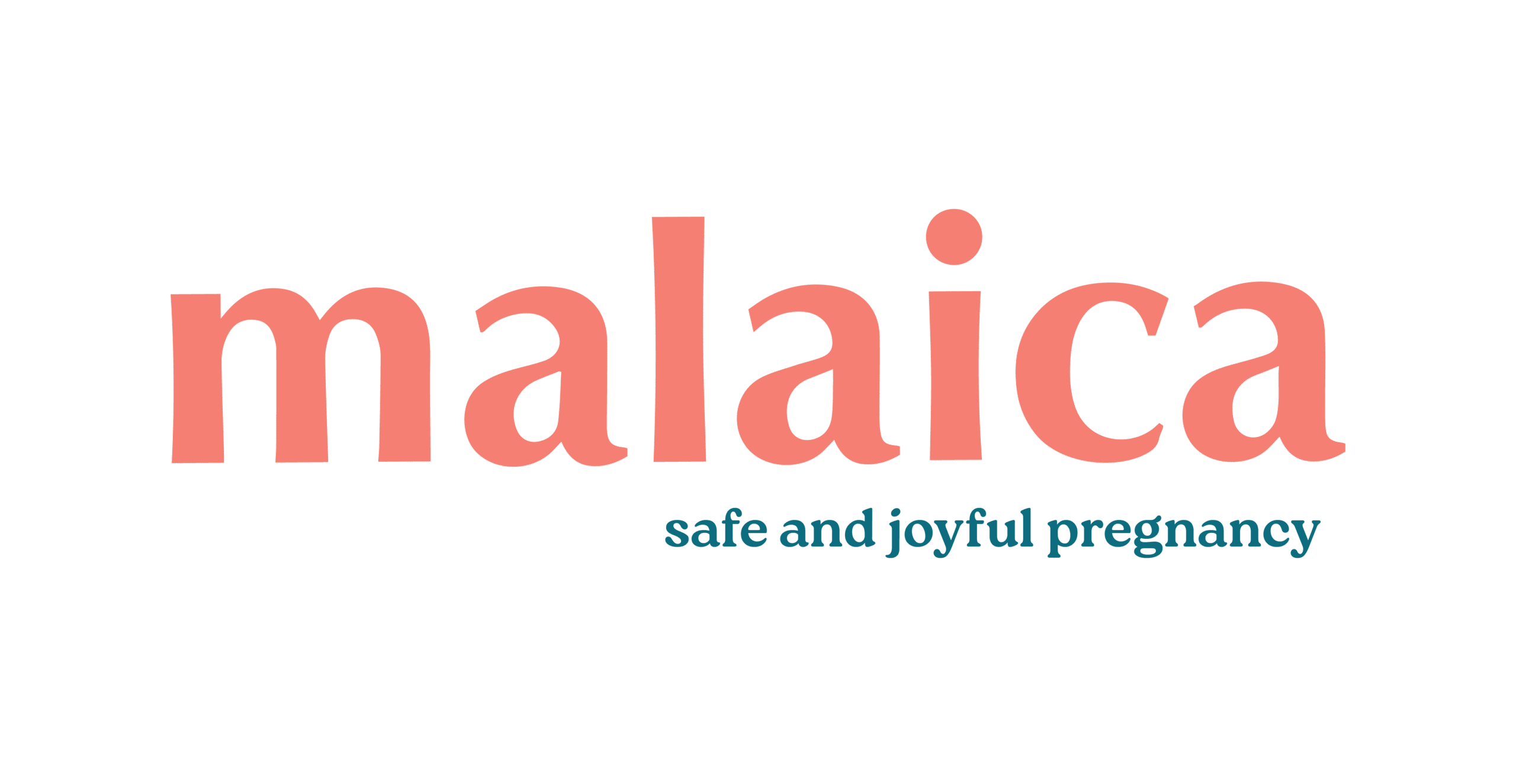Do re mi fa so is not just musical notes in our community. It’s also a creative way of describing how closely spaced one’s kids are. You’ll hear it in family gatherings or baby showers, someone laughingly saying, “Huyu ako do-re-mi spacing.” It’s funny, but also very telling. Everyone has their own spacing depending on a mix of personal, cultural, and practical reasons best known to them.

For some families, spacing is determined purely by finances. Raising a child is expensive, from hospital bills and school fees to clothes and food. Parents often calculate how long it will take to stabilize financially before adding another mouth to feed. Others consider career goals. A mother may want to return to school, finish a demanding work project, or climb the career ladder before planning for another baby.
Health also plays a huge role. Some women need more time to heal after delivery, especially if the first birth involved complications like a C-section, postpartum hemorrhage, or preeclampsia. Others simply desire time to recover emotionally and mentally. Parenthood is no small task, and it can be overwhelming if pregnancies come too close together.
Then there is personal choice. Some parents want their children to “grow up together,” envisioning siblings who attend the same schools, share toys, and become built-in playmates. Others prefer years in between, giving them time to pour undivided attention into each child before welcoming another. Both approaches have pros and cons, and neither is wrong.
In many African households, especially among older generations, quick spacing was often encouraged. You may have heard phrases like, “Wamalize haraka, upumzike,” meaning, “Finish quickly and then rest.” The idea was to have children close together, complete the childbearing phase early, and move on. For women, this was often framed as practical, bear all your children while you are still young and strong.
But today, conversations have shifted. More parents are questioning this traditional wisdom, weighing the emotional and physical strain of rapid pregnancies. Younger generations are increasingly asking: what does medical science say? What feels sustainable for me and my family? What will give both mother and children the best chance at thriving?
Medical professionals generally recommend waiting at least 18 to 24 months before trying for the next pregnancy. Why this window? Research shows that the body needs time to fully recover from childbirth. Pregnancy depletes nutrient stores, particularly iron and folic acid, which are crucial for both mother and baby. Waiting allows these levels to be replenished, reducing the risks of complications.
Shorter intervals, say, conceiving within a year, have been linked to higher chances of preterm birth, low birth weight, and even maternal complications. On the other end, waiting too long (more than five years) may also carry risks, such as difficulties conceiving or pregnancy-related issues.
However, these are general guidelines, not hard rules. Life rarely follows a textbook. Some women conceive sooner and go on to have perfectly healthy pregnancies, while others may need to wait longer due to health or personal reasons. The important thing is to work with your doctor to make a decision that aligns with your body and circumstances.
Spacing is not just about biology, it’s also about family dynamics and day-to-day realities. Imagine chasing a hyper toddler while heavily pregnant. The exhaustion can be real. The demands of breastfeeding, sleepless nights, and toddler tantrums can easily pile up, leaving parents stretched thin.
On the flip side, closely spaced siblings may form tight bonds, almost like twins. They share milestones, toys, and friends, which can foster closeness. Parents, too, may prefer to “power through” the diaper years in one go rather than stretching them out over a decade.
Longer spacing, however, comes with its own set of advantages. Parents get more breathing space to recover physically, emotionally, and financially. Older siblings may also be old enough to help with younger ones, creating a smoother transition. But there’s also the possibility that siblings with a wider age gap won’t interact as much, especially once the older child moves into teenage years while the younger is still in primary school.
So, what’s the magic number? At the end of the day, there is no universal “magic number.” The magic lies in what works best for your body, your family, and your life goals. For some, it’s 18 months. For others, it could be 3 years, 5 years, or even more.
The key is balance. Ask yourself:
- Am I physically ready for another pregnancy?
- Are we financially stable enough to support another child?
- Can I give each child the attention and love they need at this stage?
- What does my doctor recommend for my specific health situation?
Spacing babies is not just a clinical or cultural issue, it’s deeply personal. Every family has its unique rhythm, just like those do re mi fa so jokes at baby showers. The best spacing is the one that allows you to show up fully as a parent, mentally, physically, emotionally, and financially.
So, if you are in that season of planning, remember: there is no one-size-fits-all answer. The “magic number” is not written in stone. It’s the number that feels right for you, your partner, and your children.
And when people at family gatherings throw in their opinions, smile politely. Only you and your family get to decide your spacing story.


